by Klaus Schroiff, published October 2019
Introduction
Shallow depth-of-field photography is not at the center of the micro-four-thirds system due to the comparatively small sensor size. However, that
doesn’t mean that it is beyond its capabilities. The somewhat exotic series of Voigtlander Nokton lenses (all f/0.95) showed that quite a while ago already. However, there are also more mainstream options both from Panasonic/Leica as well as Olympus. In the scope of the review, we’ll have a look at the Olympus M.Zuiko 45mm f/1.2 PRO. It also has a couple of in-house cousins of similar speed (17mm f/1.2, 25mm f/1.2). Unlike the faster Voigtlander lenses, the Zuiko features an AF motor which is pretty much a must-have for most users of lenses in this speed class. As the name implies, it is a member of the professional gang of Olympus lenses coming with a correspondingly high price tag of around 1100USD/EUR.
The build quality of the 45mm f/1.2 PRO is excellent. Professional lenses have to be designed to withstand some abuse – and the 45mm f/1.2 PRO is dust-proof, splash-proof, as well as freeze-proof. It’s an all-metal construction that maintains its length during focusing (aka internal focusing). Typical for MFT lenses, manual focusing is very smooth. Olympus also implemented a programmable L-Fn (lens function) button for easily accessible settings adjustment. A plastic, barrel-shaped lens hood is provided.

The AF is very fast, silent and, of course, precise. The Movie & Still-compatible (MSC) autofocus system is also aligned to smooth video recording. The lens features a focus-clutch mechanism for switching between manual and auto-focusing. It is a matter of taste but we are generally not a fan of this approach because you can never keep the focusing when switching between the modes. However, unlike conventional focus-by-wire systems, you do get a focus distance and depth-of-field scale on the lens here.
| Specifications | |
|---|---|
| Equiv. focal length (full-format) | “90mm” (in terms of field-of-view) |
| Equiv. aperture (full-format) | “f/2.4” (in terms of depth-of-field) |
| Optical construction | 14 elements in 10 groups inc. 1x ED, 4x HR & 1x aspherical elements |
| Number of aperture blades | 9 (rounded) |
| min. focus distance | 0.5m (max. magnification 1:10) |
| Dimensions | 70×84.9mm |
| Weight | 410g |
| Filter size | 62mm |
| Hood | barrel-shaped (bayonet mount, supplied) |
| Other features | dust, moisture & freeze proof, focus-clutch |
| Mount | Micro-Four-Thirds |
Distortion
Unlike many MFT lenses, the Olympus M.Zuiko 45mm f/1.2 PRO is fully corrected meaning that it doesn’t rely on digital auto-correction for distortions. There’s just a tiny hint of pincushion distortion even in RAW mode which is negligible.

Vignetting
Image auto-correction can be useful when it comes to vignetting. In RAW mode, the light falloff can reach just under 1EV (f-stops) at f/1.2. While this can be visible in certain scenes it is nothing when compared to full lenses (on full format cameras). Stopping down to f/2.8 reduces this to irrelevant levels. With activated image auto-correction there’s nothing to worry about other than a slight increase in corner noise.

MTF (resolution)
The resolution characteristics of the Olympus M.Zuiko 45mm f/1.2 PRO is awesome. The center is extremely sharp at f/1.2 already and the borders/corners are also superb. Stopping down doesn’t really improve the quality much more. Technically there’s a slight peak of outstanding quality around the f/2 to f/2.8 marks. Diffraction is limiting the performance beyond but you can happily shoot till f/8 without sacrificing too much quality.
The field curvature is marginal. The centering quality of the tested sample was excellent.
Please note that the MTF results are not directly comparable across the different systems!
Below is a simplified summary of the formal findings. The chart shows line widths per picture height (LW/PH) which can be taken as a measure for sharpness. If you want to know more about the MTF50 figures you may check out the corresponding Imatest Explanations

Chromatic Aberrations (CAs)
Lateral CAs are generally well-controlled at around 0.5px on the average at the image borders.

Bokeh
In its marketing material, Olympus is proudly emphasizing the lens’ ability to produced a “feathered” bokeh. This is referring to the way out-of-focus highlights are rendered. If those highlights are “feathered”, the brightness of the highlight discs fades towards the edges of the discs.
As you can see below the highlights have indeed a very fuzzy edge transition making it one of the best conventional (non-STF) lenses that we have seen so far in this respect.
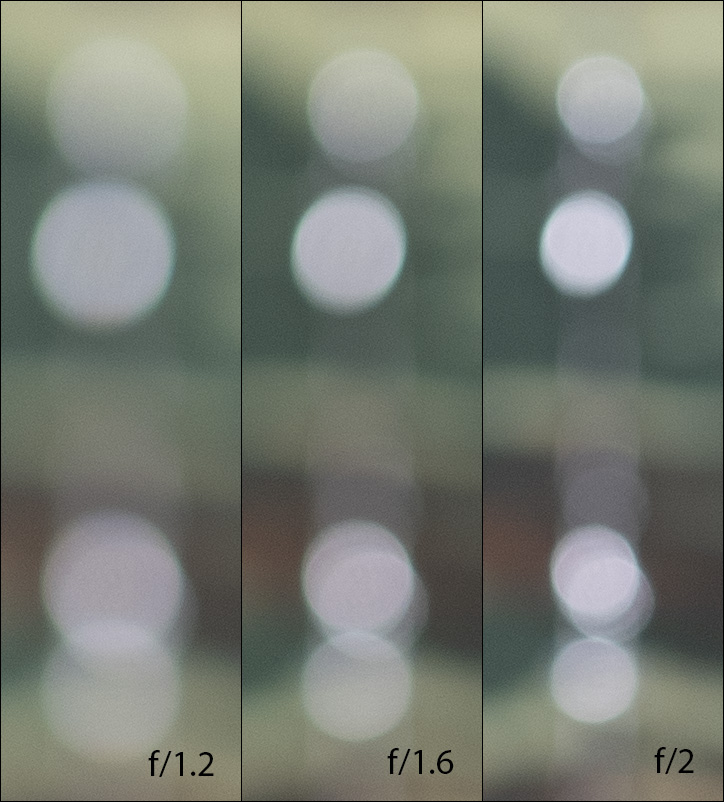
The general rendition of out-of-focus elements in the focus transition zones is also very smooth. Top-notch marks for Olympus here!

The circular shape of the highlights deteriorates the more you move to the image corners and the Olympus lens is no exception here (technically this is a vignetting effect from the lens opening). Still, the results remain pleasing at f/1.2. Stopping down transforms the disc shape but it takes till at least f/2.8 till the discs are also circular in the outer image field. Please note that this is a normal effect.
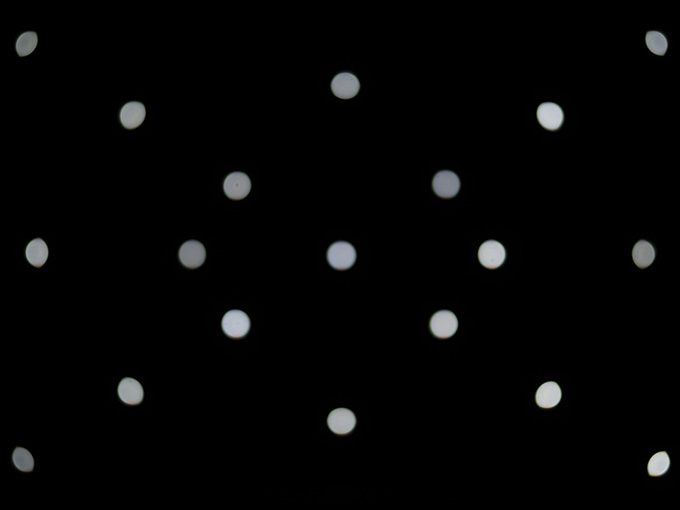
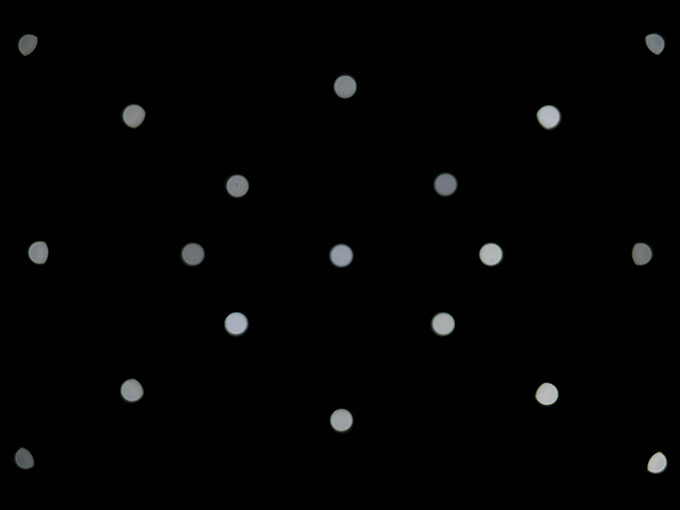

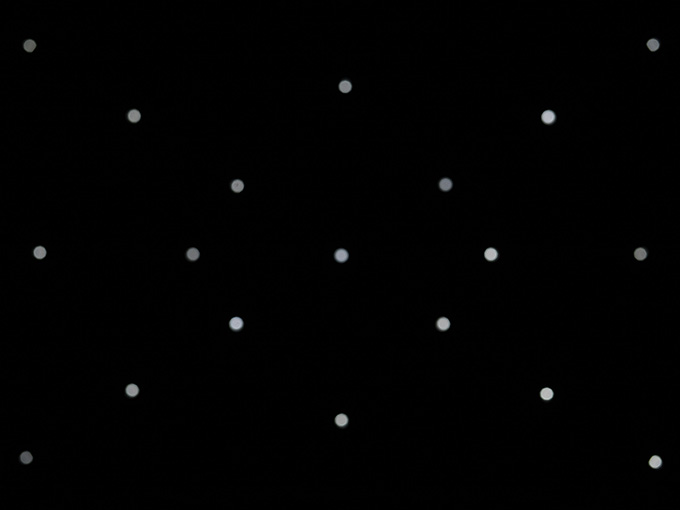
Bokeh Fringing / LoCA
Boheh fringing (sometimes referred to as LoCA) is an axial color fringing effect with purplish halos in front of the focus point and greenish beyond.
Unsurprisingly, the Olympus M.Zuiko 45mm f/1.2 PRO is showing some traces at large aperture settings but the issue isn’t extreme and mostly gone from f/2 onward.
You may also notice that there’s no focus shift when stopping down.


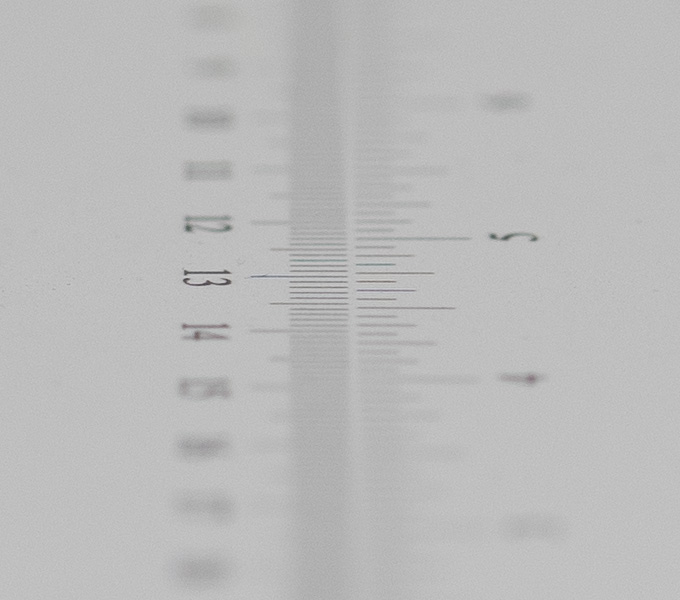
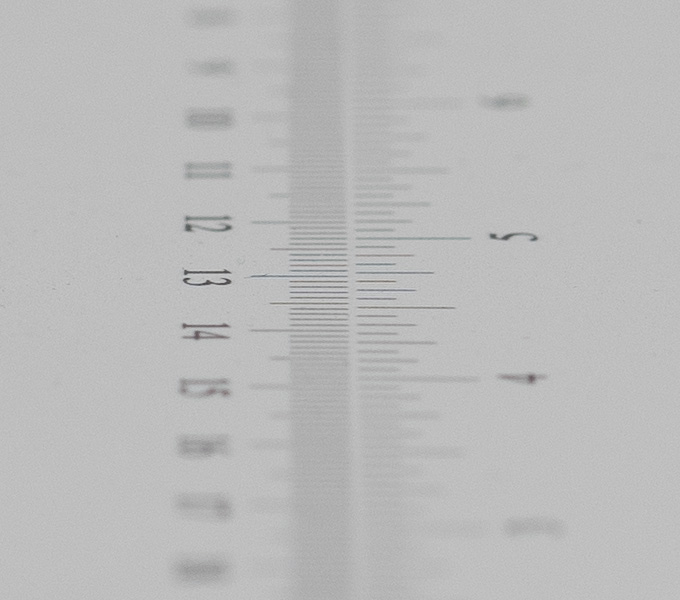
Sample Images
Competition
As already hinted in the introduction, Olympus isn’t alone in this market segment. The front-runner was actually the Voigtlander 42.5mm f/0.95 (to the right below) – and there’s no competing lens faster than this one within the MFT system. If you want to push shallow depth-of-field photography to the max, this is the place to be. Its build quality is also fantastic. However, it’s an all manual-focus lens without electronic coupling. As such it is probably more interesting for video, less so still-life photography. A more comparable competitor is the Leica Nocticron DG 42.5mm f/1.2 ASPH Power OIS (center below). The Olympus lens is probably somewhat superior to the Leica lens. However, Panasonic users may still consider the Leica lens because it supports dual IS with Panasonic cameras giving it an edge when it comes to low-light photography.

Visual comparison courtesy of camerasize.com.
Olympus put all the right ingredients into the Olympus M.Zuiko 45mm f/1.2 PRO for making it one of the best, if not THE best, lens available for Micro-Four-Thirds. It is sharp as a tack at all relevant aperture settings. Lateral CAs are low and image distortions are nothing to worry about. Image auto-correction takes care of vignetting but even without the digital helper, it's quite decent considering its large aperture. Another highlight is the quality of the bokeh which is smooth as silk and as good as it gets in a conventional lens.
While some full-format snobs may frown upon the shallow depth-of-field capabilities, the reality is that for the vast majority of use cases, it's "good enough" really. And if you need something like a 85mm f/1.2 or f/1.4 on a mirrorless full-format camera - with an admittedly superior DoF potential - you also talking about system costs (and size/weight) two or three times as high. Thus it's a very different discussion then anyway.
The build quality of the Zuiko is also excellent thanks to a tightly assembled all-metal and sealed construction. We aren't completely sold on the rather shiny finish but that's a matter of taste. The same goes for the focus-clutch mechanism for switching between AF and MF. However, manual focusing itself is very smooth and precise. The speed of the MSC AF is also impressive. Furthermore, it's also a very lightweight and compact lens - making it a joy to use out there.
All in all the Olympus M.Zuiko 45mm f/1.2 PRO is one of the best lenses that we reviewed - ever. As such - highly recommended!
-
Optical Quality
-
Build Quality
-
Price / Performance


